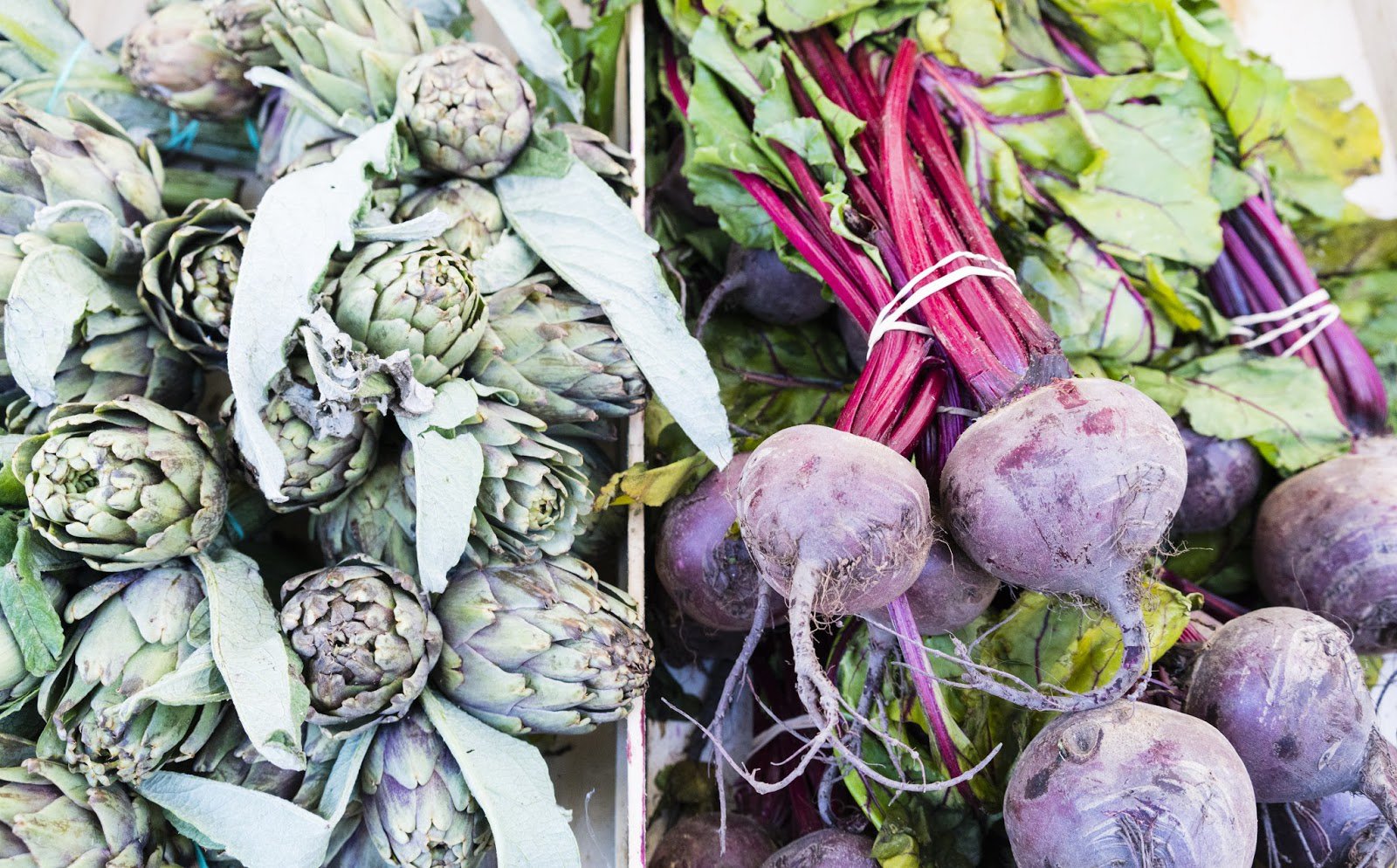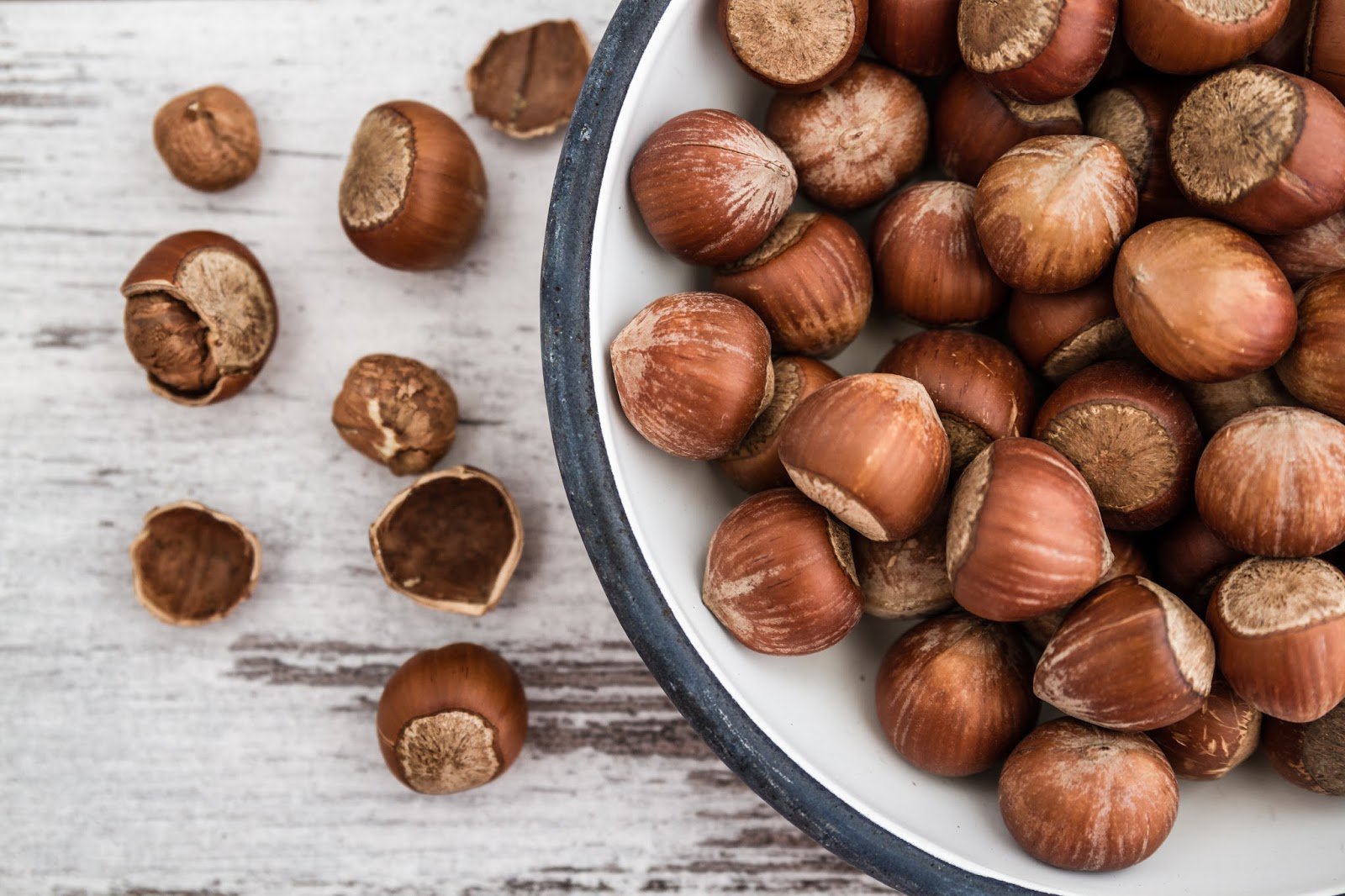
We know eating enough fibre on a low FODMAP diet can be challenging and that getting the right mix of fibres is very important, so let’s discuss prebiotic fibre.
There has been a lot of talk recently about prebiotics and probiotics and how they can affect the gut, but what really are they?
Prebiotics (including resistant starch) are non-digestible fibres found in certain foods that can stimulate the growth of some bacteria. This means that instead of being broken down within the gut the prebiotic fibre travels through the gut, stimulating growth and/or activity of probiotics i.e. the good bacteria!
Here's a list of foods that are high in prebiotics that have a 'green serve’ size – take a look at the Monash low FODMAP App to find out more!
| Fruits & Vegetables | Grains & Cereals | Legumes, Nuts & Seeds |
|---|---|---|
| Artichokes | Oats | Mung beans |
| Beetroot | Buckwheat kernals | Lima beans |
| Butternut pumpkin | Wheat free gnocchi | Nuts - almonds & hazelnuts |
| Pomegranate seeds | Wheat bran | Canned chickpeas |
| Dried paw paw | Pasta (wheat/spelt), cooked and cooled | Canned lentils |

If you are following or have followed a low FODMAP diet you may notice many of the foods listed above are high in FODMAPs. This is because fructans and galacto-oligosaccharides (GOS) are prebiotic fibres.
So if prebiotics are often high in FODMAPs, but considered part of a healthy diet, how can they be included on a low FODMAP diet?
Here are a few ideas to get you started...
It is also important to remember to continually test your tolerance to FODMAP containing foods, you may find you can tolerate different prebiotics in varying amounts. For some guidance in reintroduction you can look back on this past blog post: https://www.monashfodmap.com/blog/just-2-6-weeks-it-is-not-diet-for-life_8/